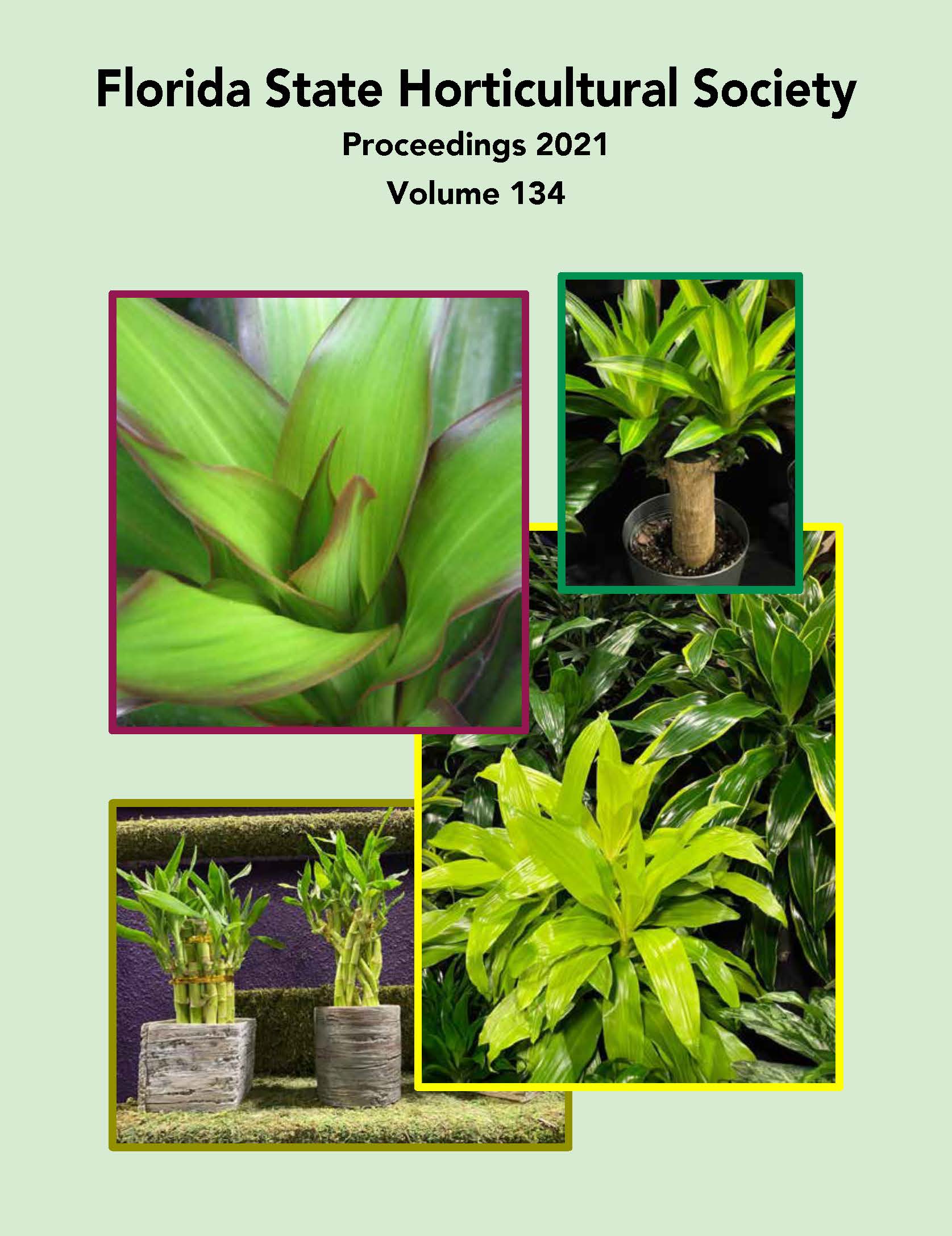Discovery and Characterization of Genes Conferring Resistance to Charcoal Rot Caused by Macrophomina phaseolina in Cultivated Strawberry
Abstract
In the United States, Florida and California produce the vast majority of marketed strawberry (Fragaria × ananassa). However, during recent years, both areas have faced increasing threats from disease proliferation. Since the 2005 phase-out of methyl bromide fumigation, Macrophomina phaseolina has become a soil-borne pathogen of particular concern for strawberry growers nationwide. Macrophomina phaseolina spreads rapidly by soil contamination, causing charcoal rot of the plant crown leading to plant collapse. Current chemical controls for charcoal rot have limitations, making resistant plant cultivars the preferred management strategy. Moderately resistant cultivars exist, and previous work has investigated the genetic architecture of resistance in University of Florida, Institute of Food and Agricultural Sciences (UF/IFAS) strawberry germplasm. Three quantitative trait loci (QTLs) associated with resistance to M. phaseolina were discovered on chromosomes 2-2, 4-3, and 4-4, and named FaRMp1, FaRMp2, and FaRMp3, respectively. In this study, we sought to more precisely understand the architecture of resistance by comparative investigation of the QTLs FaRMp1 and FaRMp2 using high-quality chromosome-scale octoploid strawberry genomes and molecular markers. Based on these data, high-throughput high-resolution melting (HRM) markers were developed for implementation in marker-assisted seedling selection and breeding for charcoal rot resistance. We conducted further comparative genome sequence analysis and RNA sequencing to identify candidate genes mediating resistance to M. phaseolina. This information will provide the practical tools and understanding necessary to enhance genetic resistance to charcoal rot in cultivated strawberry.

